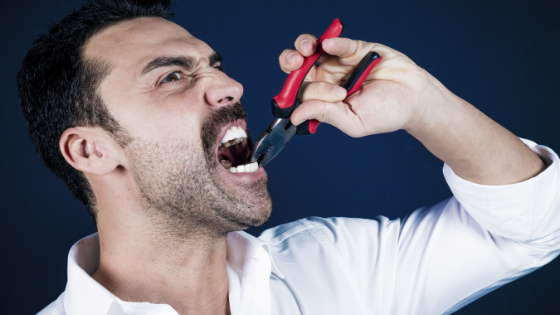
National Smile Month is our chance to come together and promote the importance of good oral health and how to achieve it. By doing so, we can help people live healthier, happier and longer lives. Smile Month is the largest and longest-running campaign to promote good oral health and share positive messages and engage others to develop and maintain a healthy mouth and smile they can be proud of.
National Smile Month’s key messages are:
• Brush your teeth last thing at night and at least one other time during the day, with a fluoride toothpaste.
• Cut down on how much sugary foods and drinks you have and how often you have them.
• Visit your dental team regularly, as often as they recommended.
This is usually our biggest event of the year. A month we get to help promote good oral health to patients and the community. This year’s event sadly looks very different but we’re still excited to bring our team and you together online and promote the importance of good oral health and of course, raise a smile along the way!
Our teeth have such an important role to play in our lives. They not only help us to smile but also enjoy food help, they help us to talk and speak clearly and they also give our face its shape. A smile also has other day-to-day benefits. It can give us greater confidence, as well as influence our social lives, careers and relationships.
National Smile Month is our chance for us to take a fresh look at our current oral health and make any necessary changes required. Over recent years, there is also growing evidence between oral health and your overall health. Evidence tends to suggest that poor oral health puts you at an increased risk of heart attacks, strokes, dementia and complications during pregnancy.
The best way to maintain great oral health is to:
• Brush twice daily with a fluoride toothpaste
• Clean in-between your teeth once daily with floss or interdental brushes
• Visit your dentist as often as they recommend
• Chew sugar-free gum after eating or drinking, especially sugary foods, to help protect your teeth and gums in between meals.
• Wait an hour after eating or drinking anything before brushing as then enamel will be softened and you could be brushing away tiny particles.
• Avoid snacking and try to only have sugary foods and drinks at mealtimes, reducing the time your teeth come under attack.












